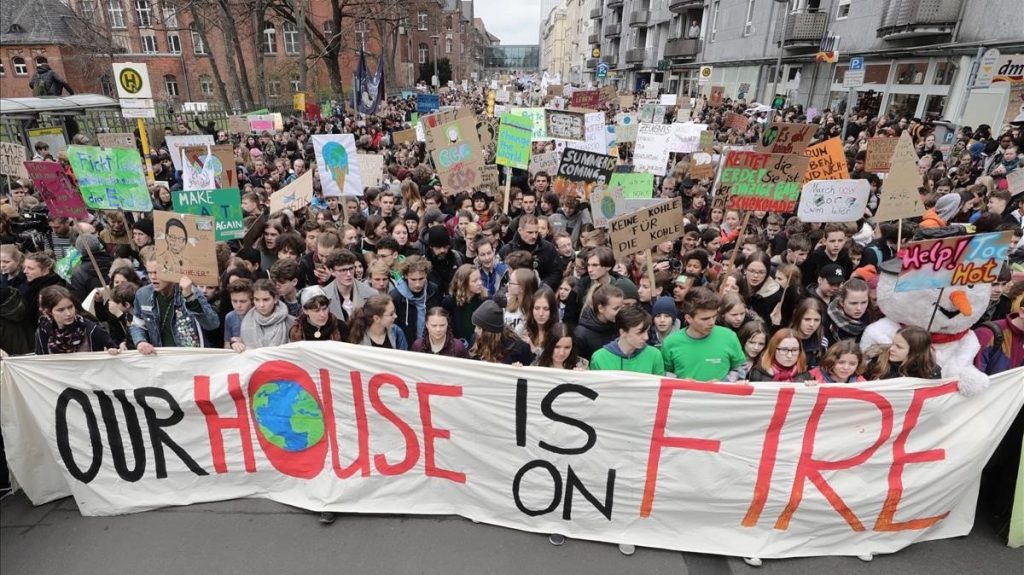
by Tony Green
The day had arrived at last. The plans by youth globally to strike in protest on climate change had finally arrived. The date was Friday September 20, 2019, and many students opted not to attend school and participate in the protest. The goal of the protest was to demand action from political leaders to take action to prevent climate change and for the fossil fuel industry to transition to renewable energy.
Other students, while supporting the cause, chose to attend their classes with their teachers, who in some cases, did not have a choice to support the strike due to their scheduled classes. The Tilden Academy based in Walnut Creek; California was no different. Except that the teachers who proposed a protest through their social justice club used the 45 minutes designed for lunch to organize a protest in the Downtown area near the school so everyone could make it back for class in time.
Behind the Scene
One of the teachers coined the idea after seeing the news about Greta Thunberg. He was too busy to take on the project he approached another teacher who agreed to help the students organize the protest.
The teacher pitched the idea to a student with the school social justice club. The club members supported the idea and helped make the plans a reality. With the teacher and the student on the same page, this left getting the agreement of the administration to authorize the protest.
The administration initially was hesitant when the teacher who spearheaded the project approached them about the idea. The administration communicated their concerns about how the school’s more conservative parents would react. Furthermore, additional concerns existed about the possibility the school might prohibit other types of protests in the future which might be perceived as being unfair. Another issue was it might appear the teachers were pushing the student into protesting. So, the teacher communicated how the message would be conveyed to the students. If they opted to walk out, the teachers would help. After debate, even though they thought they had concerns, they ultimately agreed to allow the protest to move forward.
The Strike and its meaning
After completion of the morning classes, the teachers and students left the building and walked a few blocks to the main intersection. Armed with signs we chanted and held signs up as cars drove by honking to show with their approval. We were greeted by many shows of support from vehicles as they drove by (not as many as the Dump Trump protesters received a few weeks before but it was still a promising turnout.) After a quick walk back to school, teachers and students arrived just before the start of afternoon classes.
The aftermath
I had the chance to connect with the teacher who spearheaded the protest to get his feedback on his thoughts on the protest by asking some questions.
When asked what the long-term impact will be, he said, “it is hard to say. I think being a small part of the bigger movement is important and I hope the movement will continue to organize youth around climate change activism. I also think for the students who participated it was an experience I think they will remember and perhaps will affect how they view political participation and protest in the future.”
The most surprising thing he learned was the willingness of our bold and passionate students to put themselves out there for this issue.
When I asked what he thought schools could do to address climate change he mentioned,” I think schools can teach students the correct information on climate change. They can also foster discussion and critical thinking around the issue. And they can allow students who wish to take further action the room to do this. They don’t have to necessarily endorse that action, but I think giving students the space to do that is an important thing schools can do.”
The teacher who organized the protest later mentioned “I think it’s great to see teachers and students working together on something which is a positive thing these can be opposing forces in the classroom”.
Prologue As teacher I see the generation gap between the Baby Boom generation and the Internet generation daily. This does not mean the two parties cannot work together to meet a common goal as evidenced by the protest. The teachers and students at your school can organize and execute protests, in some cases we must. Our futures of the students’ teachers try to educate might be in jeopardy if we do not.
